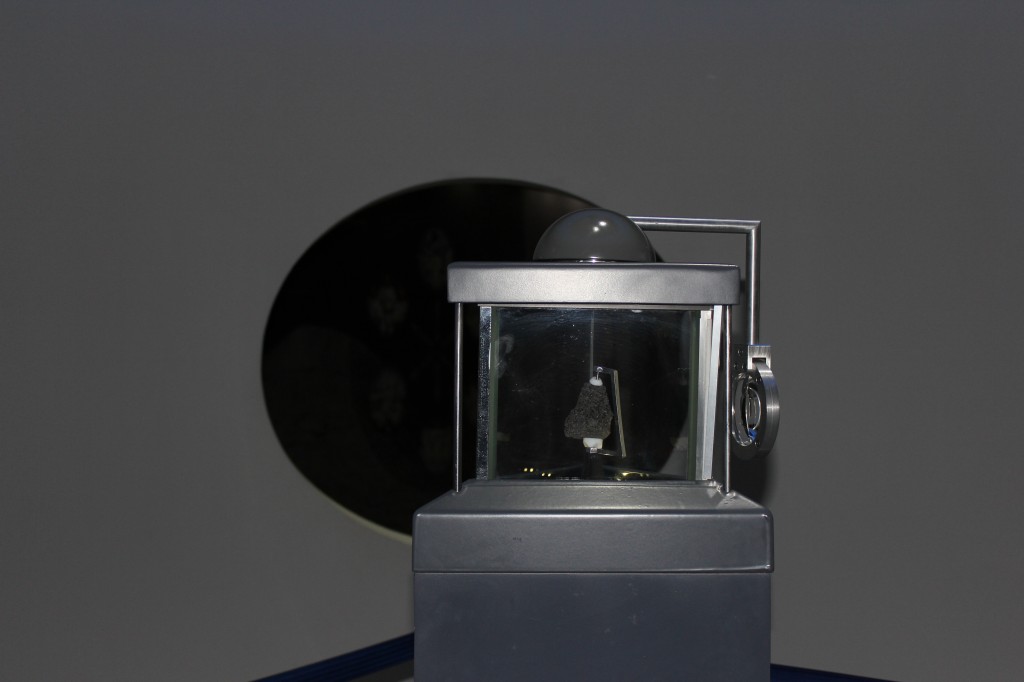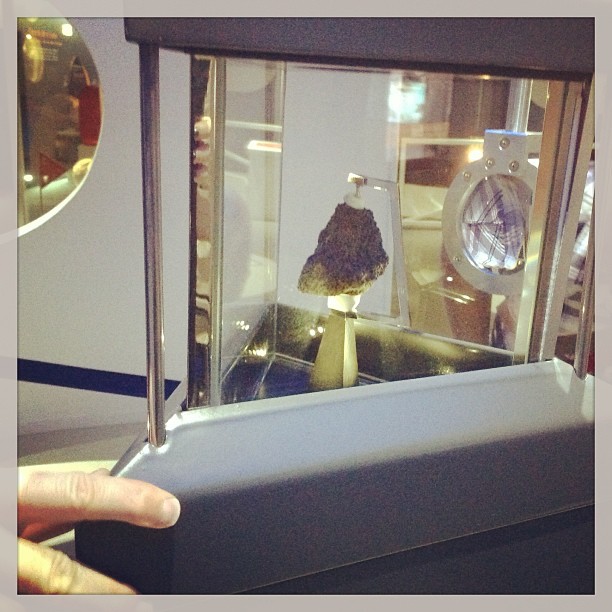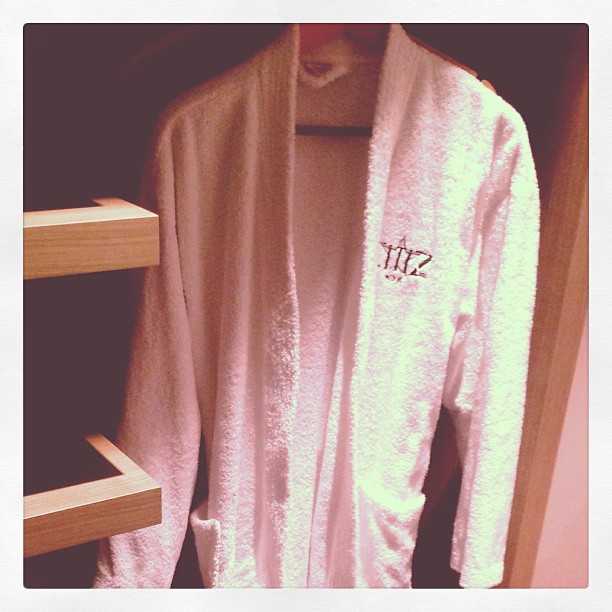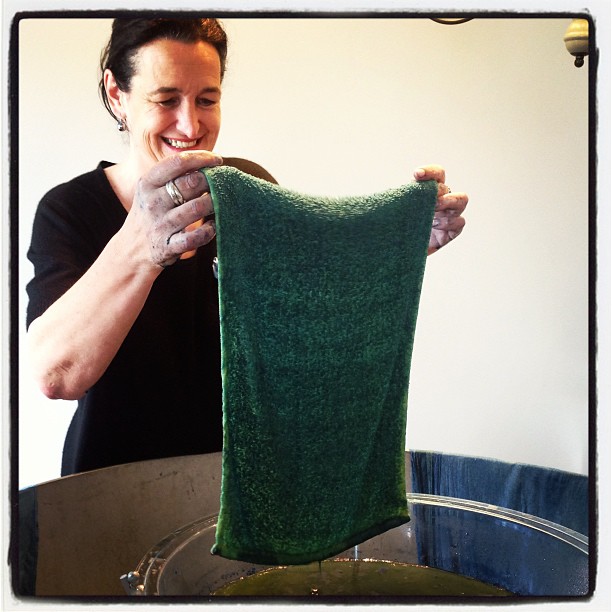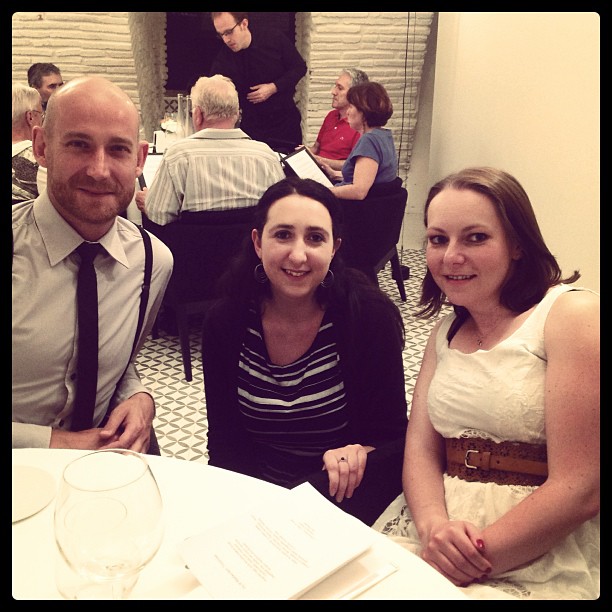Externally worn breast forms are never dangerous, says world leader in breast care
Women concerned about the recent health scares over the controversial PIP breast implants can rest assured that the silicone used to manufacture its externally worn prostheses will never pose any danger to health, says world-leading manufacturer of prosthetic breast forms, Amoena.
Amoena manufactures silicone breast forms, a globally recognised medical device worn in the cup of a bra to replace a woman’s breast once she has undergone breast cancer surgery.
In the UK, around 48,000 new incidences of breast cancer are diagnosed each year*, with most women undergoing breast surgery as part of their treatment. Many use a prosthetic breast to restore their appearance and provide the balance that helps prevent postural problems, although surgical solutions, such as breast reconstruction, are on the increase.
However, while women may be concerned about possible risks associated with surgical procedures, there is never any danger of health scares if women use an externally worn prosthesis.
Amoena invented the externally worn silicone breast form in 1975, revolutionising the level of post-operative care that was offered to women following breast cancer surgery.
“Since then we have dedicated ourselves to research and development,” explains Helmut Wild, vice president of research and development at Amoena, “working closely with medical specialists and breast-operated women to ensure that we incorporate the latest technology into our designs. The result is innovative breast forms of the highest quality.”
One of these innovations offers women a realistic alternative to breast reconstruction. The Amoena Contact breast form adheres directly to a woman’s chest wall and stays securely in place all day long. “Contact looks, feels and behaves just like a real breast,” says Wild. “It offers women the freedom of movement and the choice in clothes and lingerie that they had before surgery. We’ve had feedback from thousands of delighted customers, telling us that it has quite literally changed their lives.”
Over the decades Amoena has established manufacturing processes that produce the most durable, skin-friendly, lifelike breast forms in the industry. “For a woman who has suffered the trauma of breast cancer, our breast forms are the closest thing to a real breast,” says Wild. “And our state-of-the-art manufacturing plant and patented processes ensure that her safety is paramount and her peace of mind is assured.”
As long ago as 1992, Amoena was the first breast prosthesis manufacturer in the world to set up a certified quality management system that conformed to BS5750/2, the internationally recognised quality standard at the time.
“Today’s standard for medical device manufacturing is ISO13485, and our rigorous quality management process ensures that we remain fully compliant today,” continues Wild.
“Each Amoena breast form is certified as a medical device globally, which requires biocompatibility testing according to international standards, to ensure that materials coming into contact with the skin are completely safe, non-toxic and non-irritant.”
“Only the very best materials are considered after passing our intensive testing in production conditions and fulfilling all biocompatibility requirements. Amoena has the widest experience in producing silicone breast forms, the highest number of product and process patents and we have developed our own bespoke production technology that ensures rigorous end-to-end quality control.”
Wild concludes: “I think it’s important to emphasise that no external breast form poses any health risk whatsoever to the women who wear them. For women who have suffered the trauma of a breast cancer diagnosis, and who do not want to undergo further surgery, we are pleased to be able to provide a solution that is totally safe and of the very highest quality. It’s a reassuring and realistic solution at what is undoubtedly a very stressful time in any woman’s life.”
* Based on figures for 2008, published by Cancer Research UK – www.cancerresearchuk.org

